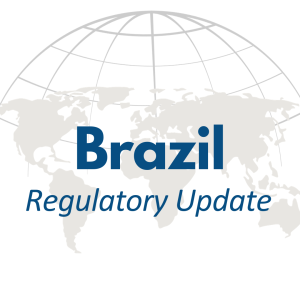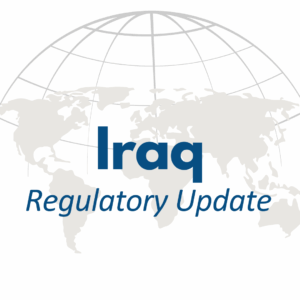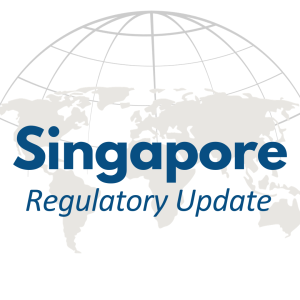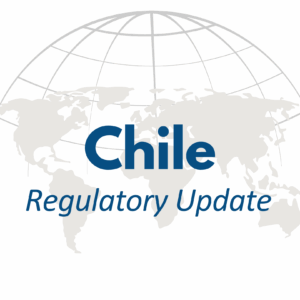Cellular-enabled products face a higher bar for global certification. Unlike traditional Short Range devices, these products trigger additional scrutiny especially around TAC registration, IMEI traceability, and emerging data tracking laws. With each country setting its own rules, manufacturers must navigate a patchwork of requirements that are complex, region-specific, and often inflexible. Overlooking just one detail such as mismatched IMEIs, undeclared TAC numbers, or missing data localization licenses and region limitations can lead to serious delays or even certification rejection. Understanding what regulators expect upfront is critical for keeping cellular certification efforts predictable and on track.
TAC and IMEI-Based Approval Requirements
Several countries require manufacturers to submit specific documentation related to TAC registration and IMEI assignments. This documentation is used to validate that the product is traceable, compliant with GSMA standards, and correctly identified across all components.
Countries Requiring a TAC GSMA Letter for Approval
These are some of the regulators that require confirmation that the device’s TAC is registered in GSMA and associated with the correct product name:
- Colombia
- Peru
- Ecuador
- Lebanon
- Jordan
- Madagascar
- Algeria
- Qatar
- Sri Lanka
- United Arab Emirates (UAE)
Countries Requiring IMEI Lists
These countries mandate submission of the device’s IMEI range, often as part of a database registration or traceability review:
- Mexico
- Costa Rica
- China
- Chile (required for SAE (Subscriber Access Equipment) only)
Countries with Additional Cellular-Specific Requirements
Beyond TAC and IMEI, some markets impose regulatory obligations around network registration and data tracking:
- Service License Registration: Required in countries like Singapore.
- Singapore also requires a much more detailed evaluation of the cellular technologies, having to comply with M2M regulations responding to very detailed questionnaires and filling extensive IoT checklist and TS CD-SEC compliance tables
- Data Tracking License: Common in Oman, Algeria, and Egypt
TAC Challenges
IMEI Matching Requirements
One of the most overlooked risks in cellular certification involves the management of TAC and IMEI data across devices and components. In Ecuador, regulators require that the IMEI on the end device matches the IMEI of the embedded cellular module exactly. There are no exceptions. To comply, manufacturers are advised to use the IMEI from the module itself rather than attempting to assign a separate TAC to the end device. If that isn’t feasible, approval must be obtained from the module manufacturer to relabel the module with the end device’s IMEI, a step that can introduce significant delays if not planned for upfront.
Even in countries that don’t have a requirement for the end device TAC and module TAC to match, special attention must be given to the IMEI listed on the label of the product. The IMEI on the product label – both for samples submitted for testing and external photos of the device – must match the TAC number on the GSMA letter in the countries that require it. There is also a requirement that the IMEI must show on the label even for countries that don’t ask for the GSMA Allocation letter.
Regional Variations & Flexibility
Other countries, such as Lebanon and Jordan, also expect the IMEIs of the module and end device to match. However, these countries offer some flexibility in enforcement, and exceptions may be negotiated on a case-by-case basis. Still, manufacturers should confirm the local requirements at the beginning of the certification process to avoid assumptions that may not hold true in practice.
Declaring Multiple TAC Numbers
If a product will carry more than one TAC (often the case when a device is customized for multiple markets) this must be declared in advance during the certification application. Failure to do so may result in application rejection or the need for re-certification. Countries that strictly enforce this requirement include Mexico, Jordan, Lebanon, Madagascar, and the United Arab Emirates. In these markets, introducing a new TAC after certification is granted can trigger a formal certificate revision process, delaying market entry and requiring additional administrative effort.
Data Tracking and Localization Requirements Are Tightening Globally
An increasing number of countries are introducing strict requirements around how product and user data is tracked, stored, and declared during certification. This is especially relevant in the Middle East and North Africa, where regulators emphasize national data sovereignty and local infrastructure compliance.
In Algeria, Oman, and Egypt, certification often requires a data tracking license for any product with communication or data collection capabilities. These licenses typically involve both technical validation and administrative approval. Additionally, these countries enforce data localization rules, requiring that collected data remains stored within national borders.
Certification holders must also submit signed compliance declarations confirming adherence to tracking and localization laws. These declarations are legally binding and, if missing or incorrect, can result in rejection or future compliance issues.
Manufacturers of cellular-enabled products, telematics devices, and smart equipment must plan for these requirements early. Failure to do so can lead to significant delays, especially if the organization isn’t equipped to support local data storage or provide validated declarations.
eSIM Requirements
Some countries that don’t have the same strict localization rules of data tracking (as Algeria, Oman and Egypt) still have a local requirement when it comes to eSIMs. Regular SIMs can be international, but eSIMs must be local, like in the case of United Arab Emirates.
Deactivating Networks Issues
Which technologies are available on the device can also present some issues in some countries. For example, in Qatar, 2G and 3G have been deactivated and if a product has 2G or 3G capability, a declaration that these technologies will be disabled on the device must be presented with the application to obtain approval.
Have questions with Cellular Certification and TAC Registration?
If you have questions about any of the topics covered in this white paper, from TAC registration to IMEI requirements or country specific cellular rules, Global Validity’s team is here to help. Our experts work directly with in-country partners and regulators to support clients through every step of the product certification process. Contact us to experience the next level of global market access.




